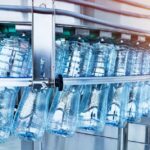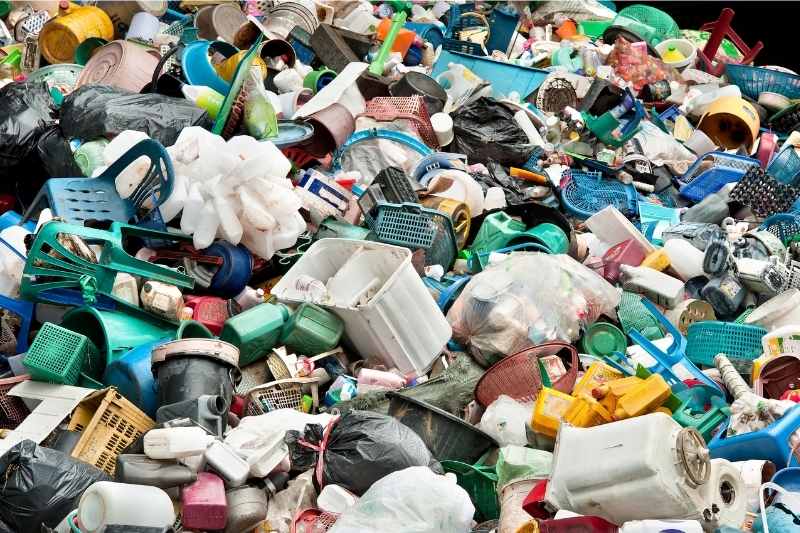Reduce, Reuse, Recycle and REFILL to Benefit the Planet
Refill your containers with package-free products and reduce the amount of plastic you send to the landfill to benefit the planet.
Read More
Select Page
Refill your containers with package-free products and reduce the amount of plastic you send to the landfill to benefit the planet.
Read MoreMost plastic ends up in landfills and oceans. Save the planet from plastic by reducing and reusing, and help mitigate plastic pollution.
Read More




